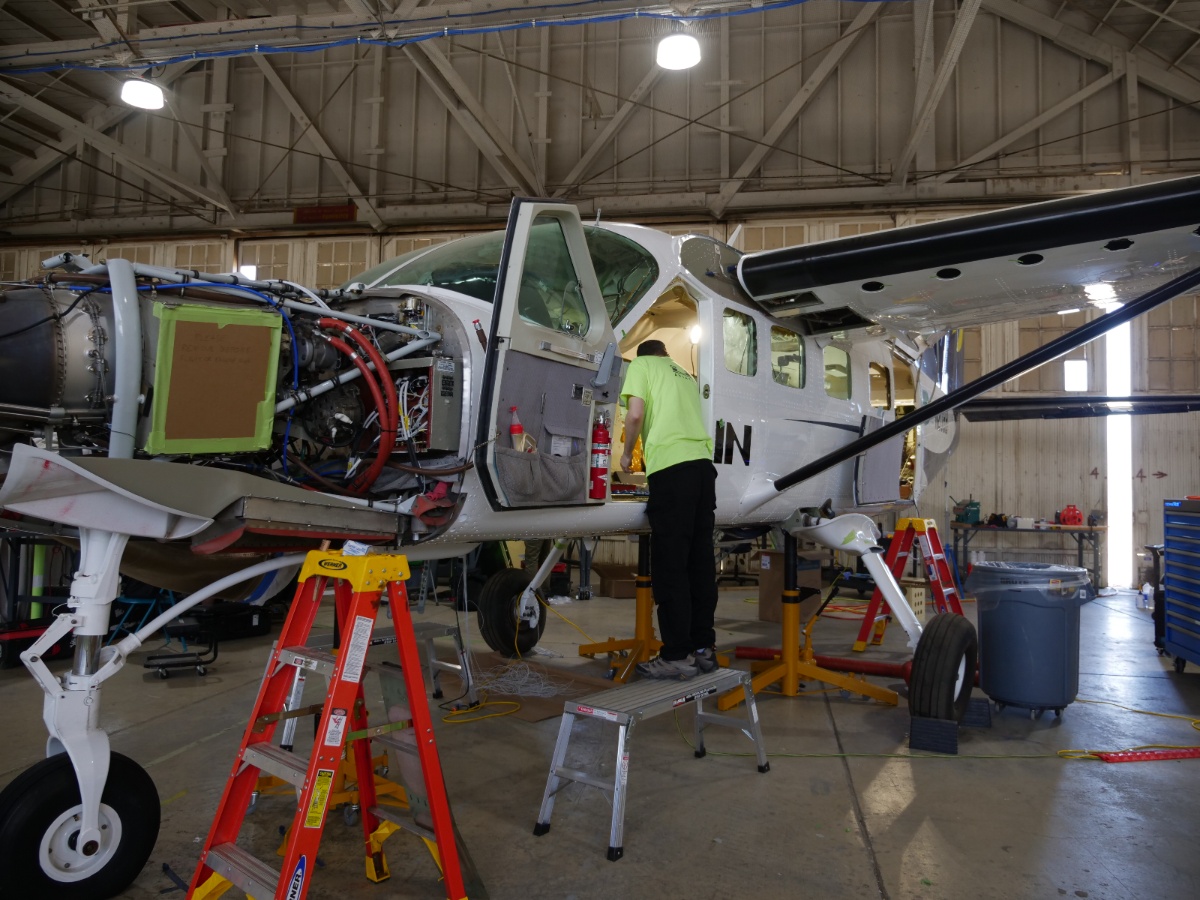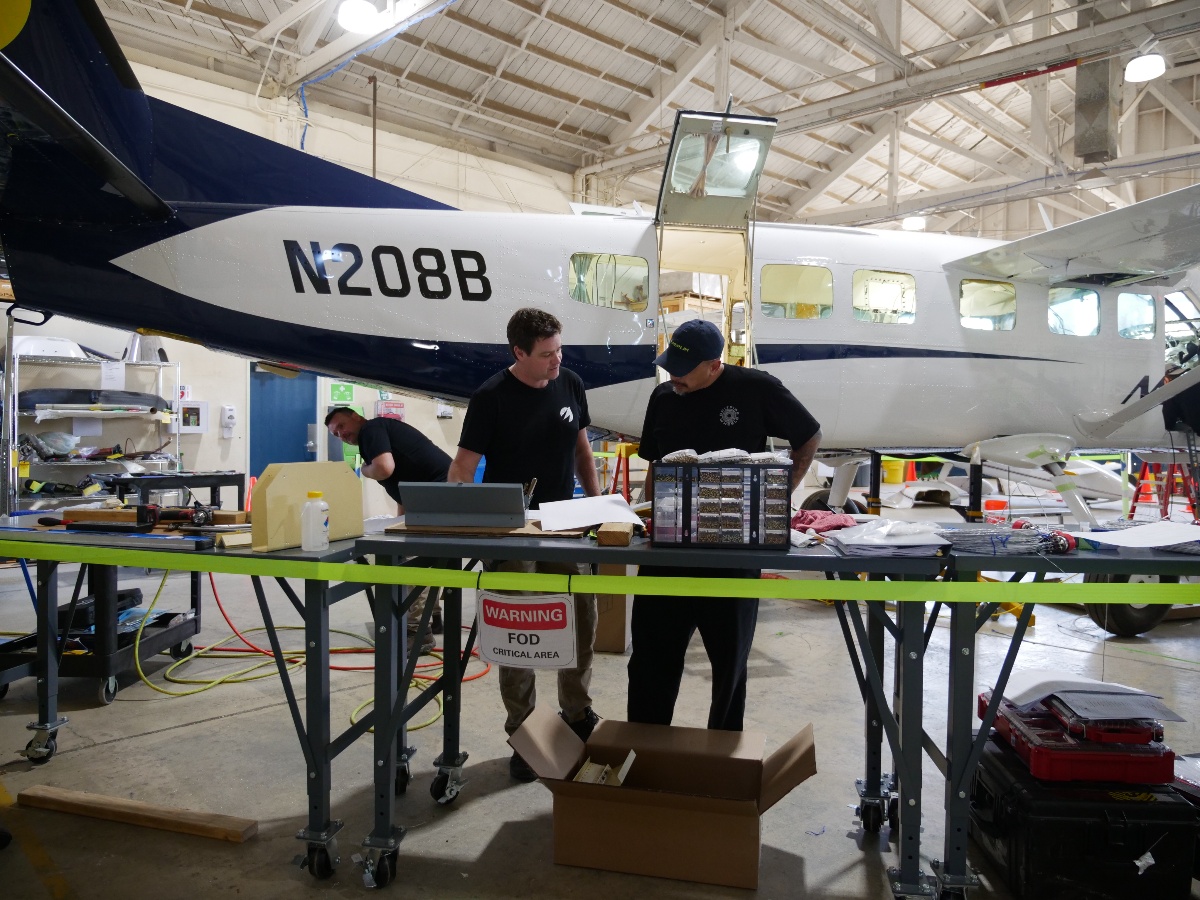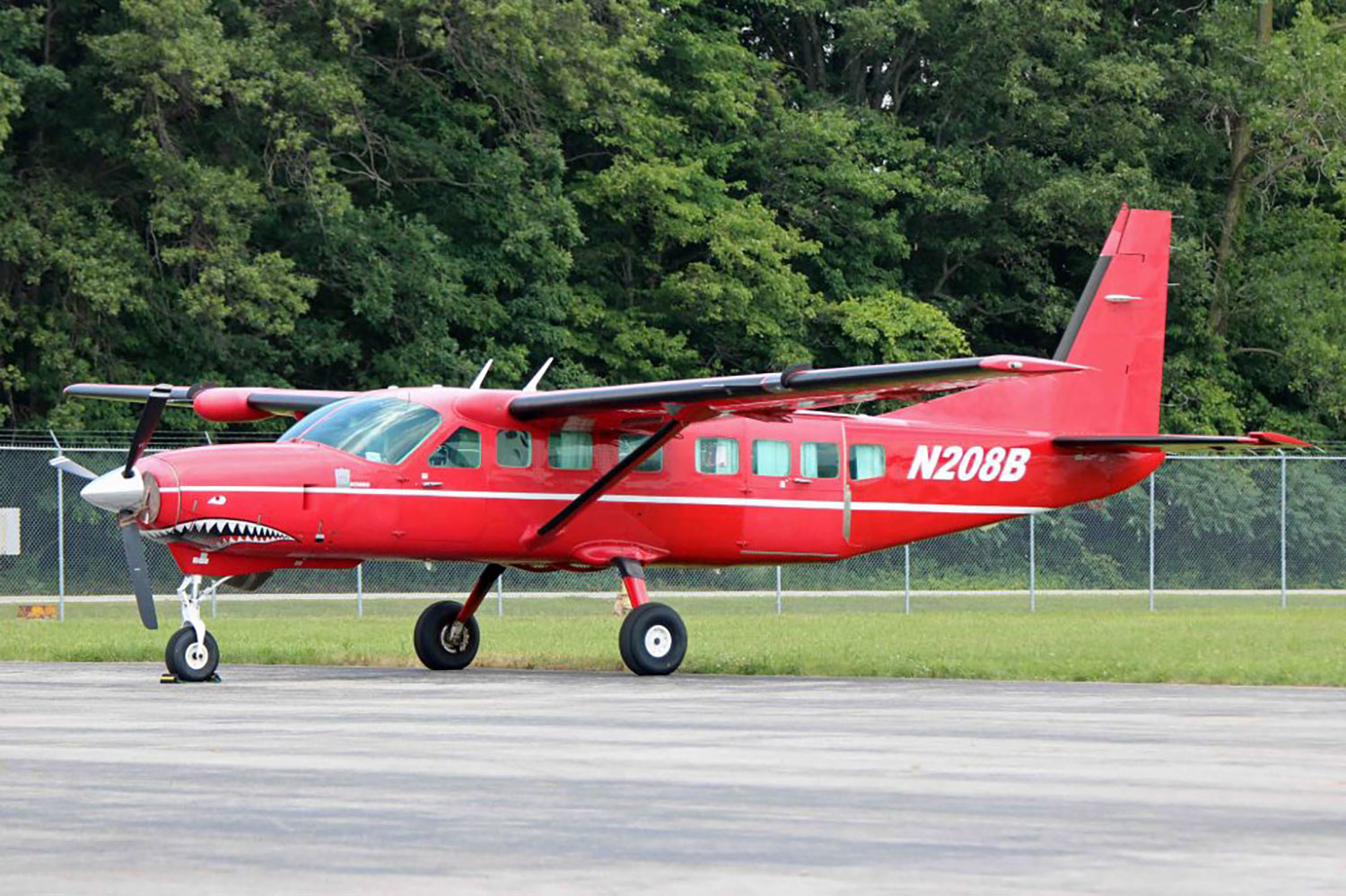ALEX NAIMAN, CTO
01
Our mission at Merlin is to create the world’s most capable pilot, leveraging technology as the key enabler of air network resiliency. To achieve this goal we’re taking a three-phased approach: crawl, walk, and fly. The aviation industry has achieved its stellar safety record through hard-learned lessons, now enshrined in regulations. Even while we innovate technologically, we must continue to prioritize safety and prove that we are doing so to regulatory authorities. Our significant progress to date has been in the very important “crawl” stage, where we will demonstrate for the first time Merlin’s ability to meet certification standards to industry regulators including the U.S. Federal Aviation Administration (FAA) and the Civil Aviation Authority of New Zealand (CAA).
Today, we are working to certify the first version of the Merlin Pilot, which will allow cargo aircraft to automatically fly from takeoff to touchdown with an onboard human pilot in command. The current version of the Merlin Pilot serves as the baseline platform that we will adapt to other aircraft types and expand to automate additional functions of flight. Ultimately, it will improve the safety, efficiency, and scale of flight operations for our customers.
We are currently equipping Merlin’s Cessna Grand Caravan 208B, nicknamed ‘Big Red,’ with the Merlin Pilot that we will certify via a supplemental type certificate (STC). Big Red will serve as our flight test platform for the final development and verification of the certified system for the regulatory authority. This integration includes three primary hardware installation areas that allow the Merlin Pilot software to control the flight of the aircraft:


Big Red’ undergoing integration with the Merlin Pilot. The branding may have changed from the original, but the spirit of shark teeth and a fire engine color scheme will live on in our memory.
- Replace analog flight instruments with modern digital glass display instruments
These updated instruments and displays allow the Merlin Pilot to keep the human pilot fully aware of its status and intended flight path. They also provide a user-friendly interface that allows the human pilot to control the Merlin Pilot to make adjustments such as altering the flight plan if necessary during a flight. - Install additional new avionics
This installation includes navigation and guidance sensors, computers, and other components that comprise the core of the Merlin Pilot. These avionics perform the perception and comprehension functions that are fundamental to any automated system. For example, the navigation and guidance sensors provide the aircraft position, attitude, and other state information needed to determine control actions during different phases of flight from takeoff to landing. - Install digital servo motors and mechanical linkages
We are installing digital servo motors and mechanical linkages that will allow the Merlin Pilot to control Big Red’s primary and secondary flight controls. These servos translate commands from the computational core of the system to actions that the aircraft takes in flight.
With the Merlin Pilot fully installed on Big Red, we can begin our flight test campaign to prove out the system that we have been developing and testing in simulation and hardware labs on the ground over the past few years. We are prepared to move quickly through this campaign given our extensive experience flight testing the experimental versions of the Merlin Pilot on the Caravan, King Air, and Twin Otter.
It’s an exciting time at Merlin as we bring our vision for the future of flight to fruition. If you’re intrigued by this post, an innovative thinker, and want to play a role in solving tough problems, we are hiring! Check out our open roles here.
